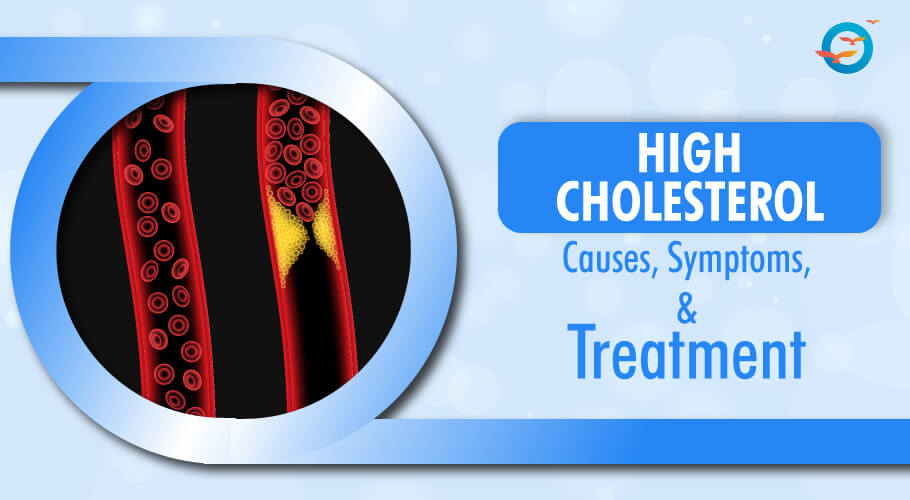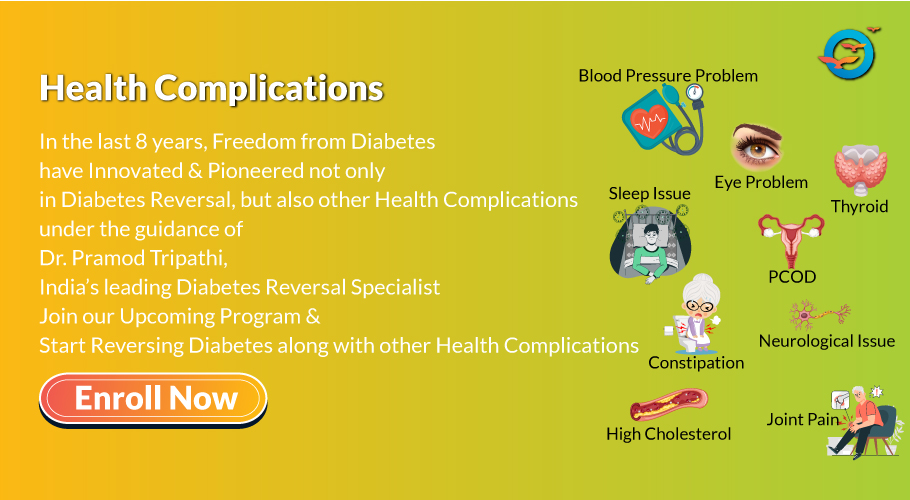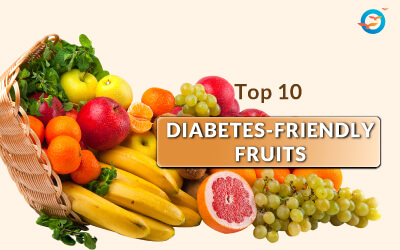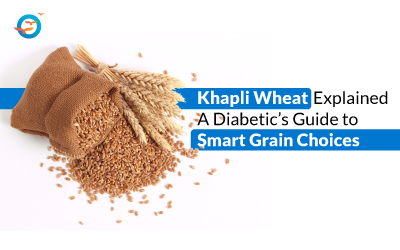High Cholesterol: Symptoms, Causes and Treatment- FFD

The word cholesterol has come to have some dark associations; but, in truth, cholesterol is an important element needed for various metabolic processes, from hormone production to the production of bile—needed to synthesize fat and absorb nutrients; and vitamin D, which necessary for your metabolism to work efficiently. This waxy, white substance is insoluble and transported through the body via lipoproteins—a combination of proteins and cholesterol.
Cholesterol is thus classified according to what the lipoprotein carries:
Low-density lipoprotein (LDL)
Low-density lipoprotein (LDL) is responsible to carrying cholesterol to the cells. High LDL levels clog up arteries, leading to atherosclerosis, or narrowing of the arteries. Sometimes, chunks of this cholesterol break off and cause blockages, sometimes leading to heart attacks/strokes. This is why it is known as the ‘bad’ cholesterol
High-density lipoprotein (HDL), on the other hand, is known as ‘good’ cholesterol because it picks out excess cholesterol from cells and arteries and carries it to the liver.
Dangers of high cholesterol
When we consume animal products, we also consume a quantity of animal fat. This fat along with cholesterol is transported through lipoproteins by the bloodstream. When LDL (bad cholesterol) levels rise in our bloodstream, it leads to fat deposits in the arteries. These deposits cause narrowing of the artery. Eventually, the arteries get blocked, leading to cardiac disease and strokes.
Although our bodies need cholesterol, it is erroneous to assume we need to get it through food sources. Our bodies produce all the cholesterol it needs; in fact, high-cholesterol foods, being high in saturated fats, should be avoided. Dietary sources of cholesterol are primarily animal products, such as eggs, meat, and full-fat dairy. Plant foods are free from cholesterol.
Safe levels for cholesterol
Health authorities have determined that cholesterol levels should be less than 5.5 mmol (millimole) per liter if there are no cardiovascular risk factors, i.e. healthy non-smoking adults with no history of high BP or any heart disease.
If these cardiovascular risk factors exist, the LDL level should not exceed 2 mmol/L.
High Cholesterol—Symptoms
High cholesterol typically doesn’t manifest symptoms. Because it is silent in nature, most patients don’t even realize they have a cholesterol problem until serious complications, such as a heart attack or stroke, show up.
To avoid any such situation, it is best to get a regular cholesterol screening done, if you’re above 21, even if you feel fine.
What to eat and what to avoid for healthy cholesterol levels
Foods that are high in saturated fats are the primary cause of high cholesterol levels. So, it is best to avoid:
- Animal products—especially fatty meat
- Dairy and dairy products—cheese and ice cream come to mind
- Processed meats—salami, ham, sausages, etc.
- Heavily salted snacks, like chips
- Deep-fried foods
- Confectionery items
In addition to the above, it is advisable to increase the quantity of fresh fruit and veggies, legumes, seeds, beans, leafy vegetables, etc.
Lifestyle changes to improve cholesterol levels
In addition to dietary changes, as mentioned above, it is advisable to also adopt beneficial lifestyle habits, for instance:
- Stop smoking, as it enables LDL entry into arterial cells, where they cause damage.
- Get adequate exercise. Try and include cardiovascular exercise (jogging, walking) as well as resistance movements (bodyweight exercises, weight training). Exercise is proven to improve HDL levels and lower LDL levels.
- Reduce excess weight. Being overweight is a primary risk factor for higher LDL levels and triglycerides as well.
- Ensure good blood sugar management: High blood sugar level has been linked to a higher risk of heart attack/stroke and atherosclerosis.
- Reduce or stop alcohol consumption: excess alcohol consumption has been linked to high triglycerides
Medication
Sometimes diet and lifestyle improvements are not enough to normalize cholesterol levels. This could be due to a genetic condition that causes high cholesterol—diet-lifestyle do make a difference but may not be sufficient to bring down cholesterol levels. If you fall into this category and you are at risk of heart disease, your doctor might prescribe medications to bring your LDL levels down. Remember, though, diet and exercise are still important complementary factors to medication.
Reversing Cholesterol Problems.
In addition to the above diet and lifestyle modifications, stress management and medical supervision are important facets in managing high cholesterol. At FFD, these four protocols (diet-exercise-stress management-medical) play a central role in improving the underlying metabolic disorders responsible for problems like diabetes, high BP, high cholesterol, etc.
Many of our past participants have experienced near-miraculous recoveries through our program. Many of them going on to discover new athletic identities as marathoners, cyclists, swimmers, yogis, and even mountain climbers. You can read their first-hand accounts of their turnaround stories, on our website: www.freedomfromdiabetes.org, or on our Facebook/Instagram & YouTube channels.


